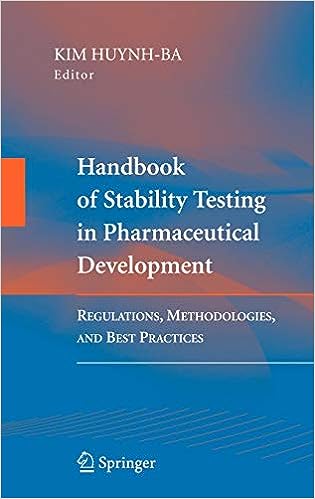Management of Abnormal and OOS Results in Stability Studies
Purpose
The purpose of this Standard Operating Procedure (SOP) is to define the process for identifying, investigating, and managing abnormal or out-of-specification (OOS) results observed during stability studies. This ensures that all OOS results are handled in a consistent, documented, and compliant manner.
Scope
This SOP applies to all stability studies conducted within the facility, covering all types of drug products and their respective test results.
Responsibilities
- Stability Manager: Oversee the investigation and resolution of OOS results, ensuring proper documentation and compliance.
- Stability Technicians: Perform retesting, assist in investigations, and document findings related to OOS results.
- Quality Assurance (QA)
Team: Review and approve the investigation reports and corrective actions for OOS results.
Laboratory Manager: Ensure proper execution of tests and initial review of OOS results.
Procedure
- Initial Identification of OOS Results:
- Immediately document any result that falls outside the predefined specifications or shows abnormal trends.
- Notify the Stability Manager and Laboratory Manager of the OOS result.
- Quarantine the affected batch or sample to prevent further testing or use until the investigation is complete.
- Preliminary Investigation:
- Review the test method, equipment calibration, and analyst’s training records to identify any immediate errors or issues.
- Examine raw data, including chromatograms, instrument printouts, and calculations, to verify accuracy.
- Interview the analyst to understand any procedural deviations or unusual observations during testing.
- Document all findings from the preliminary investigation.
- Hypothesis Testing:
- Formulate potential causes for the OOS result based on the preliminary investigation.
- Design and conduct additional tests to confirm or refute each hypothesis, such as retesting the original sample or testing a new sample from the same batch.
- Ensure that all retesting follows the same protocol as the original test.
- Document the results and conclusions of hypothesis testing.
- Comprehensive Investigation:
- If the preliminary and hypothesis testing do not resolve the OOS result, initiate a comprehensive investigation.
- Examine broader factors such as raw material quality, manufacturing processes, and storage conditions.
- Conduct a thorough review of batch records, stability protocols, and environmental controls.
- Document all steps, findings, and conclusions of the comprehensive investigation.
- Corrective and Preventive Actions (CAPA):
- Based on the investigation findings, identify root causes and implement corrective actions to address the specific issue.
- Develop preventive actions to avoid recurrence, such as revising SOPs, retraining personnel, or updating equipment maintenance schedules.
- Document the CAPA plan and obtain approval from the Stability Manager and QA Team.
- Monitor the effectiveness of CAPA through follow-up testing and audits.
- Reporting and Documentation:
- Prepare a comprehensive investigation report that includes:
- Description of the OOS result and initial observations
- Details of the preliminary and comprehensive investigations
- Hypotheses tested and their outcomes
- Root cause analysis and CAPA plan
- Approval signatures from the Stability Manager and QA Team
- Ensure that the final report is reviewed and approved by the Stability Manager and QA Team.
- Store the investigation report in the stability study records and ensure it is accessible for regulatory review.
- Prepare a comprehensive investigation report that includes:
Abbreviations Used
- OOS: Out-of-Specification
- QA: Quality Assurance
- SOP: Standard Operating Procedure
- CAPA: Corrective and Preventive Actions
Documents
- Stability Protocol
- Laboratory Notebooks/Electronic Data Systems
- Investigation Reports
- CAPA Records
- Audit Reports
References
- ICH Q1A(R2) Stability Testing of New Drug Substances and Products
- FDA Guidance for Industry: Investigating OOS Test Results for Pharmaceutical Production
SOP Version
Version 1.0 – Effective Date: [Insert Date]

